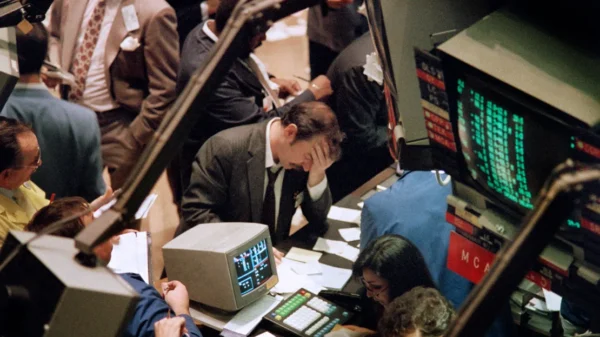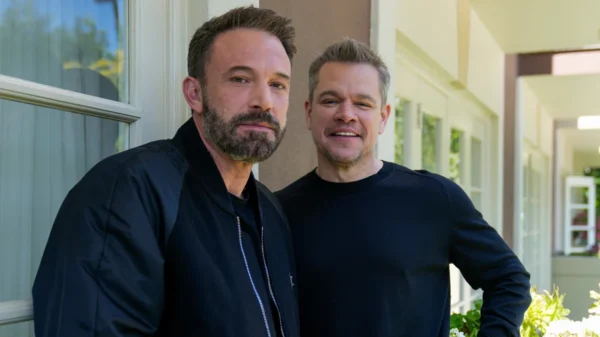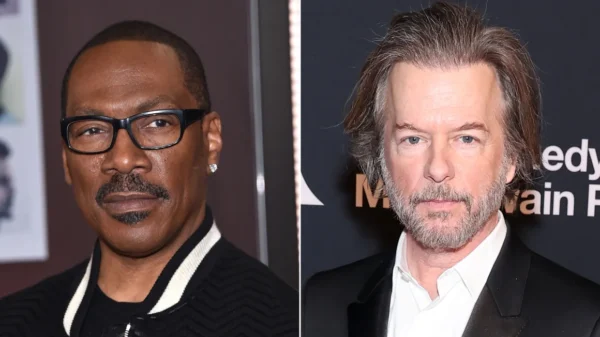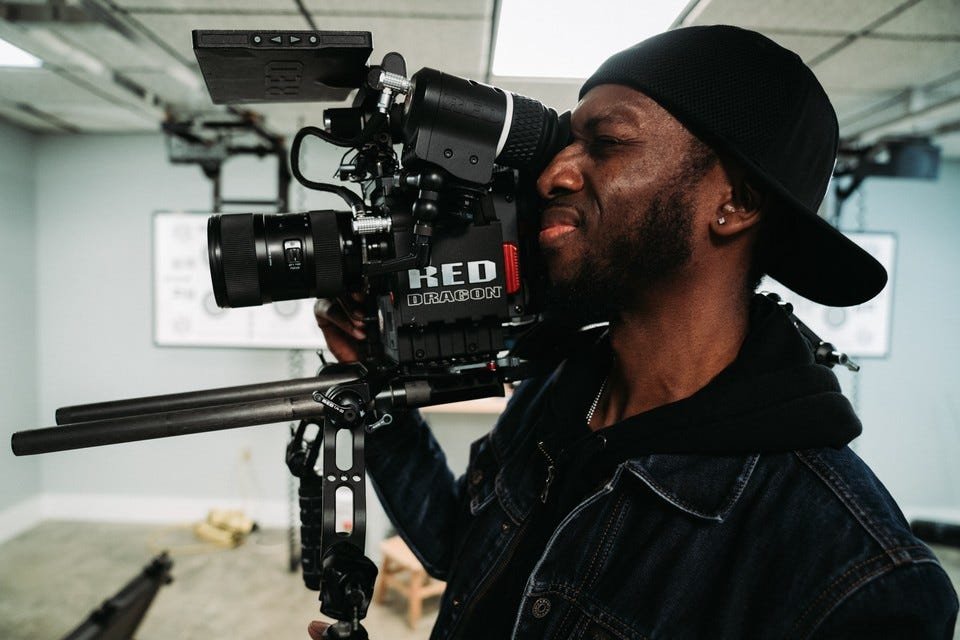The Importance of a Well-Written Script
Behind every successful movie lies a well-written script. The script serves as the foundation of the entire filmmaking process, guiding the director, actors, and crew in bringing the story to life on the screen. A well-crafted script captures the audience’s attention, evokes emotions, and keeps them engaged from beginning to end.
Without a strong script, even the most talented actors and skilled directors would struggle to create a compelling movie. The script sets the tone, establishes the characters, and drives the plot forward. It is the blueprint that shapes the entire production.
Pre-production: Turning Words into Visuals
Once the script is finalized, the pre-production phase begins. This is where the creative team starts turning the words on the page into visual elements that will be seen on the screen.
During pre-production, the director collaborates with the production designer, cinematographer, and other key members of the crew to develop the visual style of the film. They work together to create storyboards, which are visual representations of each scene, shot by shot. Storyboards help the team visualize how the script will translate into a series of moving images.
Additionally, during pre-production, the casting process takes place. The director and casting director search for actors who will bring the characters to life. The right casting choices can make or break a movie, as the actors’ performances are crucial in conveying the story and connecting with the audience.
Lights, Camera, Action: The Production Phase
Once pre-production is complete, it’s time to roll the cameras and start filming. The production phase is where the magic happens, as the script comes to life through the collaborative efforts of the cast and crew.
The director works closely with the cinematographer to capture the desired look and feel of each scene. The cinematographer uses various techniques, such as lighting, framing, and camera movements, to enhance the storytelling and create a visually stunning film.
During production, the actors bring their characters to life, delivering their lines and performing the actions written in the script. The director guides them, providing feedback and making adjustments to ensure the performances align with the vision for the film.
Post-production: Piecing It All Together
After the filming is complete, the footage goes into post-production, where the editor takes over. The editor sifts through hours of footage, selecting the best takes and assembling them into a cohesive story.
In post-production, the editor also adds sound effects, music, and visual effects to enhance the overall cinematic experience. This is where the movie truly comes together, as the various elements, including the performances, visuals, and sound, are combined to create the final product.
From script to screen, the process of making a movie is a complex and collaborative endeavor. It requires the perfect blend of creativity, technical skills, and attention to detail. Each step, from writing the script to post-production, plays a vital role in bringing the story to life and captivating audiences around the world.


































